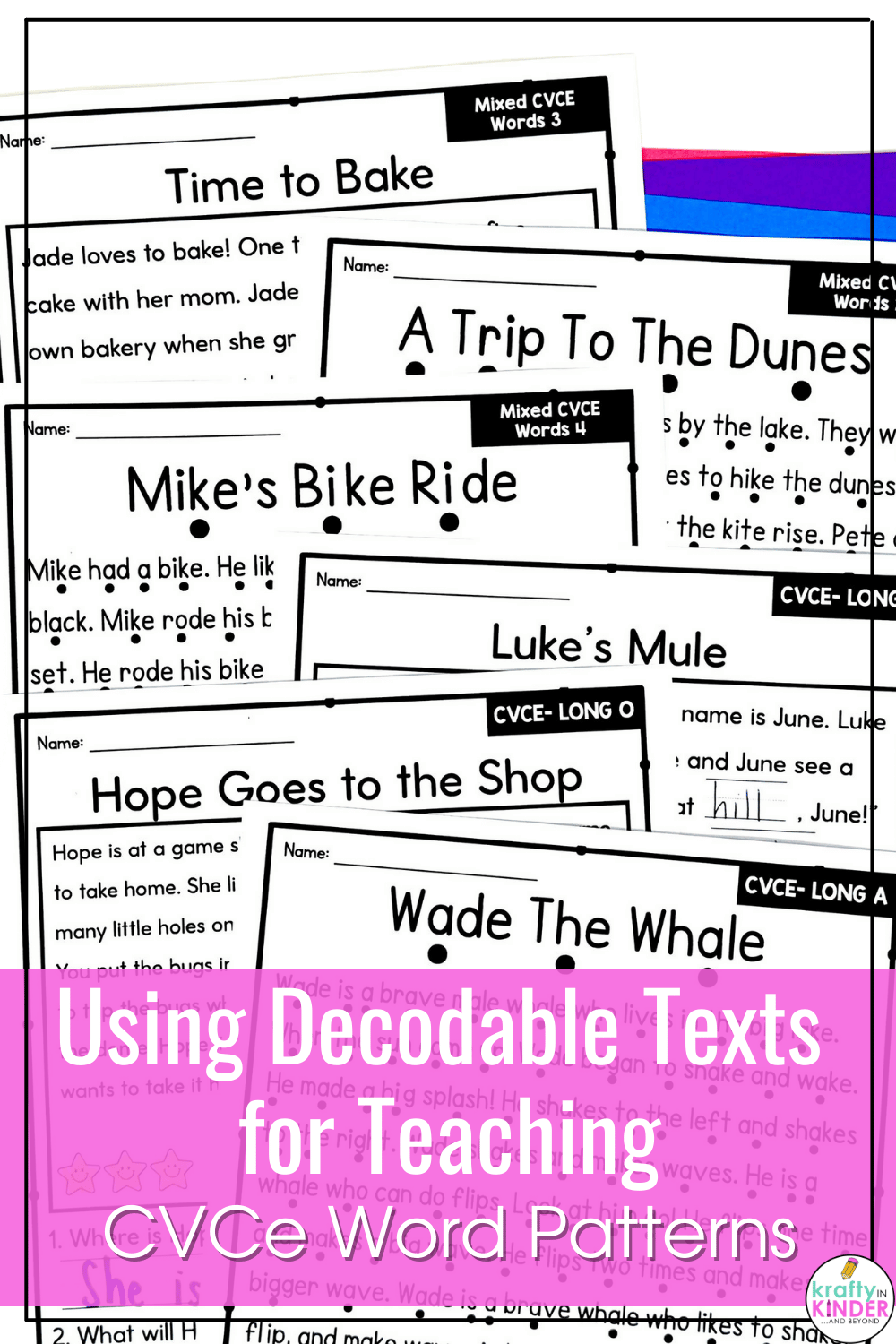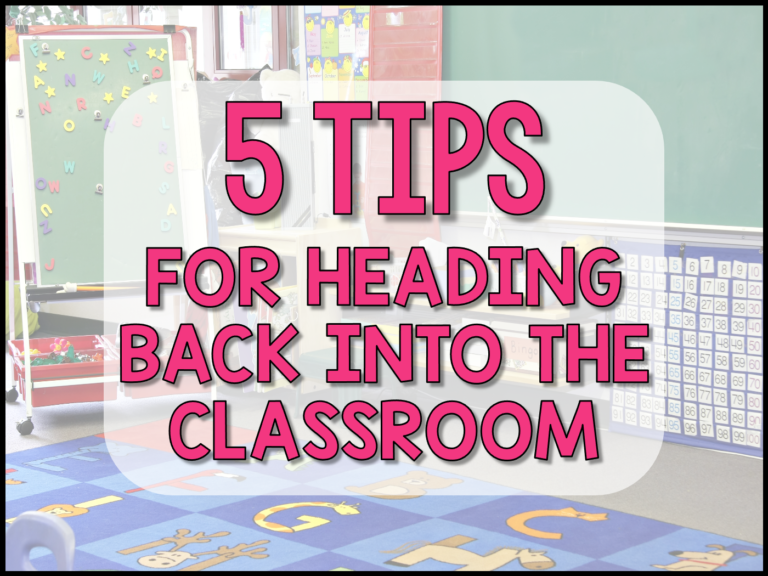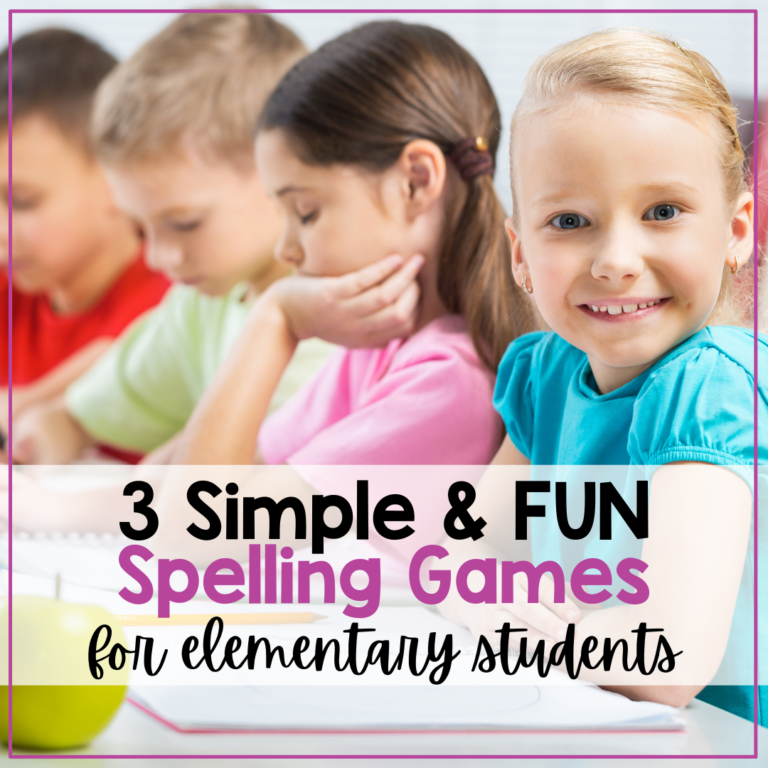The Best Decodable Texts for Teaching CVCE Word Patterns
Magic E, Sneaky E, or Silent E – no matter what you call it, CVCe word patterns can be a tad tricky to teach! In my room, we practice this skill pretty frequently. It’s one of those skills that requires a lot of exposure to master! If you’re working on teaching CVCe words in your room, come along to see how we use decodable texts to make it fun and easy!
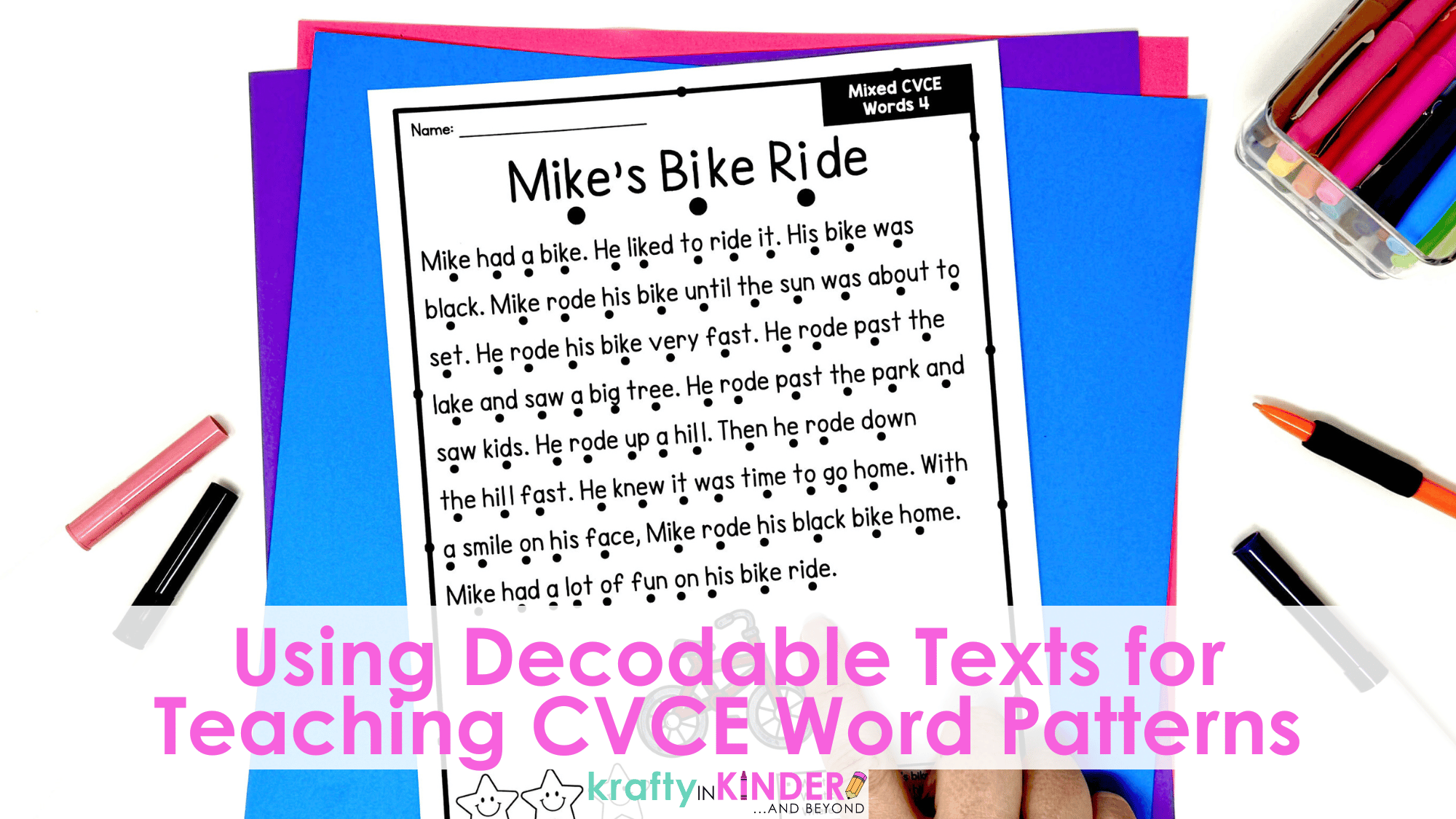
What are CVCe Word Patterns?
CVCe word patterns are a syllable pattern that consists of a consonant, vowel, consonant, and silent E. Words such as Wade, cape, bike, ride, and mule are all examples of CVCe words. These are typically taught in first grade after students have mastered CVC words and short vowels.
When it comes to teaching CVCe words, I have found that the best approach is one that is varied. I use a lot of different activities to help my kiddos master this skill. We sing songs, use magnet letters in small groups, practice reading sentences with CVCe words, use Boom Card activities, and my favorite – decodable texts!
How Decodable Texts Can Help with Teaching CVCe Word Patterns

Decodable texts are passages that only use commonly seen sight words and words that include spelling patterns that the students have already been explicitly taught. So, if you’re working on teaching CVCe word patterns, these can be a great tool to help your students get TONS of practice with them!
The goal when using decodable reading passages is to help promote fluency and reading comprehension through the use of a controlled text. These texts often build upon each other, so you can work solely on “long a” CVCe patterns first and gradually add more vowels as students are ready.
One of the biggest benefits of using decodable texts is that they avoid frustration among your readers. We all know that learning new phonics skills and spelling patterns is tricky. By selecting passages containing words that children are already familiar with, we can ensure they have the opportunity to decode new words in a way that is not overwhelming. This allows them to be successful and helps support them as you’re working on teaching CVCe words.
How Decodable Texts Work for Teaching CVCe Words
In my room, the decodable texts we use for teaching CVCe words use a 3-day process that’s simple and fun to implement. They really are the best! Here’s a quick overview of how it works:
- Day 1- Whole Class Reading
- Day 2- Comprehension
- Day 3- Cloze Reading
This 3-step process ensures we spend enough time on each skill. It allows us to slow down, fully engage in each step, and promote better comprehension of the material. Here’s a closer look at what we do each day when teaching CVCe word patterns.
Day 1- Whole Class Reading

Day one begins with a controlled text reading passage from my CVCe Word Decoable Texts Resource. The page includes reading dots to assist with reading and separating words. This is essential for my firsties, who still need a bit of prompting to understand where one word ends and the next begins. The students touch each dot as they read to keep track of where they are while reading.
The passages target specific CVCe word patterns for each long vowel. We start with long a (a_e) and work our way through. When we’ve worked through all the vowels, we use pages that have a mix of CVCe words to review.
We first read together as a whole class a few times. The goal here is to help my students become familiar with the words and spelling patterns in the passage. After a few reads, I will often read these again in small groups or send them home for additional practice. I want my kiddos to be super familiar with each passage!
Day 2 – Comprehension

On day two, it’s time to focus on what the students can recall from the story with comprehension-based activities. We revisit the story with a new worksheet that is designed to deepen understanding. Each student gets a copy of the pages and we read through the story again. This time though, students will highlight or circle things we are looking for. In the case of the CVCe Decodable Texts, they will circle focus words or anything else I direct their attention to.
After this, I have them answer some comprehension questions. This is a great activity to talk through in your small groups. The additional support of group answering is great for students who might not be ready to read and answer questions on their own. Another benefit of using this in small groups is that it will give you an idea of how well your students are comprehending the material.
Day 3 – Cloze Reading

Day three is one of my favorites! When teaching CVCe words, we use cloze readings to help students learn to make sense of the text. This is the last step in our process because students must be familiar with the CVCe word pattern. Now you probably see why we read through the text so many times in the days before!
The worksheets we use for this step ask students to use a word bank to fill in missing words from the same original story. I love the critical thinking that happens here as students read words in the bank and then try to find where they fit in the story! This final activity is a lot of fun for students and is always a hit!
Decodable Readers Make Teaching CVCe Word Patterns Fun and Engaging
I love this 3-step process because it helps teach the CVCe word pattern in an effective, engaging way. My kids look forward to getting new texts to focus on and actually have fun with this process! The variety in this resource also allows me to differentiate by skill level easily in my classroom. If specific students are working ahead, it’s easy to give them the material that aligns with their skill level. Not to mention it builds confidence as a reader and speller, which is SO important for my first graders!

If you’re interested in taking a closer look at the resource we use, be sure to check out my Decodable Reading Passages for CVCe Word Patterns. This resource includes the 3-step pages for:
- Long A (a_e)
- Long E (e_e)
- Long I (i_e)
- Long O (o_e)
- Long U (u_e)
- 4 Passages with Mixed CVCe Words
There are 9 different passages included, with a total of 27 pages to use in your room. The controlled text passages focus on reading CVCe Words, words with beginning and ending blends, digraphs, and common kindergarten and first-grade sight words. This helps to ensure that they are easily decoded by the beginning readers in your classroom!
I know that you and your students will love working through these passages together. Once you get into the flow of the 3-step process, it’s so much fun to introduce a new passage each week! Be sure to take a look at the resource for more information.
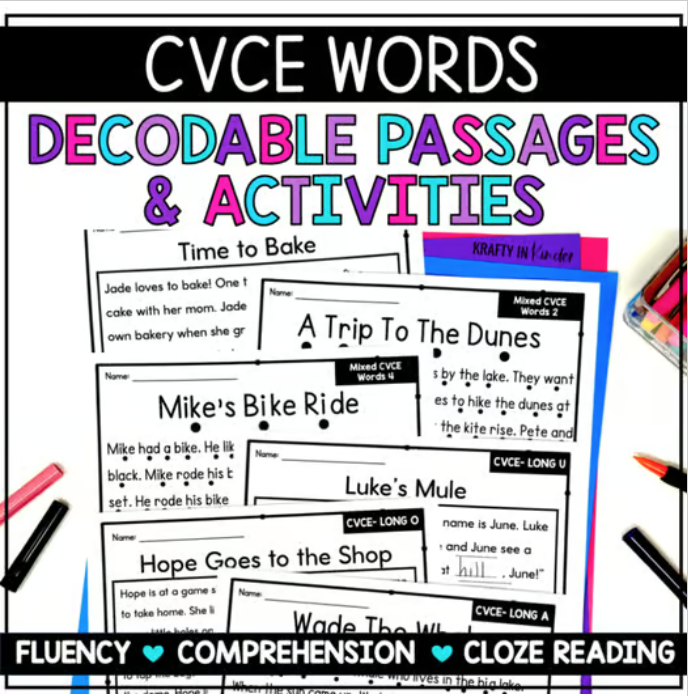
Looking for More?
Check out these posts for more information on teaching phonics skills in your room.
- Magic E: The Fun and Effective Way to Master CVCe Words
- Using Word Searches to Practice Phonics Skills
- Using Educational Coloring Pages to Practice Any Skill
Save This Post
I hope these ideas inspired you to try a new method for teaching CVCe words in your room! Be sure to save it on Pinterest so that you can come back to it when you’re ready to implement.
